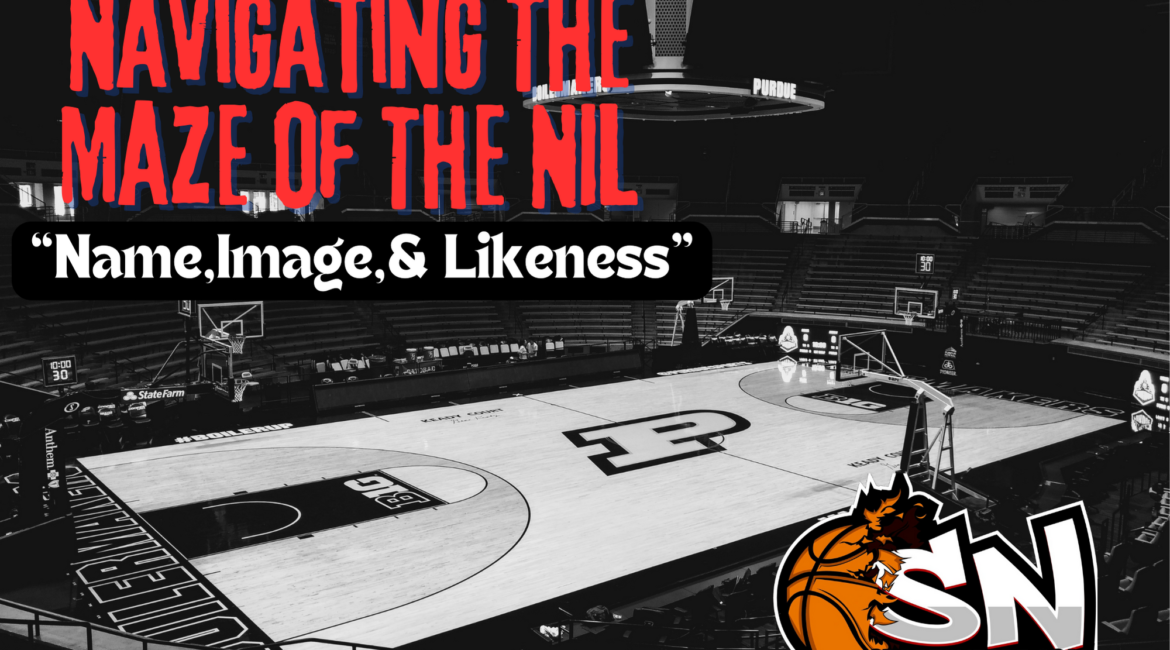The popularity of college football, a treasured American pastime, has drastically changed recently. The landscape of collegiate athletics has changed as a result of the introduction of new Name, Image, and Likeness (NIL) regulations. Student athletes can now profit from their personal brands rather than just competing for awards and scholarships. This article will examine how NIL has affected college football, including what that means for players, organizations, and the game itself.
The Development of NIL: In the past, college athletes were not allowed to profit from their NIL while participating in collegiate competition. But in July 2021, the NCAA adopted a groundbreaking NIL policy, allowing athletes the flexibility to make money off of their name, likeness, and image. This change ushered in a brand-new age of opportunity and difficulties.
Student-athlete empowerment: NIL has given college football players the opportunity to commercialize their fame and abilities. Even talented freshmen and great receivers can now negotiate endorsement deals, appear in ads, and sell autographs. Student-athletes are able to sustain themselves and their families during their college years thanks to this financial freedom.
Impact On Team Dynamic And Recruitment: The environment of hiring has also shifted as a result of NIL chances being available. Recruits looking for prospective NIL transactions may find some institutions more alluring because of their strong alumni networks and connections to neighborhood businesses. As a result, student-athletes may choose to enroll at institutions with better NIL chances, which might potentially lead to an imbalance in the distribution of talent among teams.
Balancing It All: Academic and athletic balancing for student-athletes is made more difficult by NIL. They have to balance their academic obligations, athletic obligations, and now entrepreneurial activities. Although this additional duty can be intimidating, it also teaches important life lessons in time management, financial savvy, and entrepreneurship.
Institutional Challenges: The complexity of NIL is causing colleges and universities to struggle. To ensure adherence to state laws and NCAA rules, they must adopt policies and procedures. They also need to help their players succeed in the economic sector while keeping an eye on their academics and sportsmanship.
The Future: The future of college football has undergone transformation thanks to NIL. The environment will probably continue to change as the NCAA and individual states continue to hone their NIL policies. There might be more partnerships between players and small businesses, as well as more financial openness and education for student-athletes.
Conclusion: In conclusion, a new era of opportunities has begun in college football thanks to Name, Image, and Likeness. Student athletes are no longer just for the football field; they are also business owners, social media influencers, and brand ambassadors. While this transition creates intriguing prospects, it also poses difficulties for participants in the sport, organizations, and the sport itself.
College football must strike a balance between empowering student-athletes and maintaining the competitive spirit of collegiate sports as it navigates the NIL maze. Ultimately, how well all parties adjust to this game-changing change will determine whether NIL is a success in college football for the foreseeable future.
*For More Articles Visit Sportsnerdz.com
*This Article Contains Affiliate Links*


